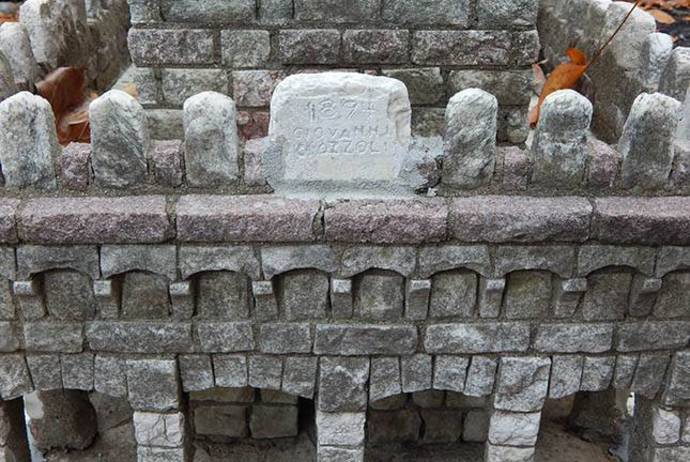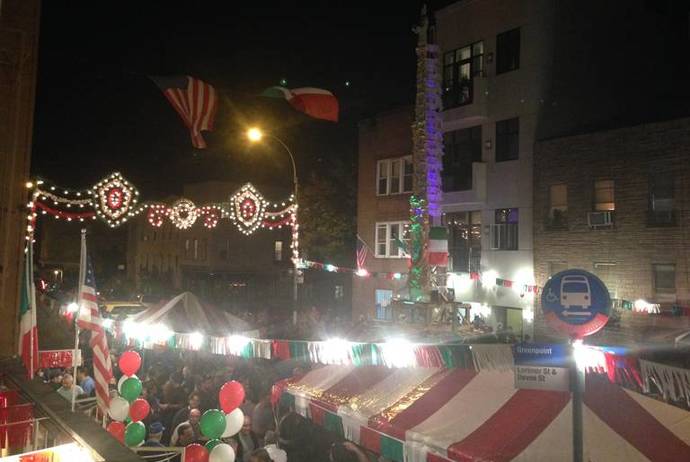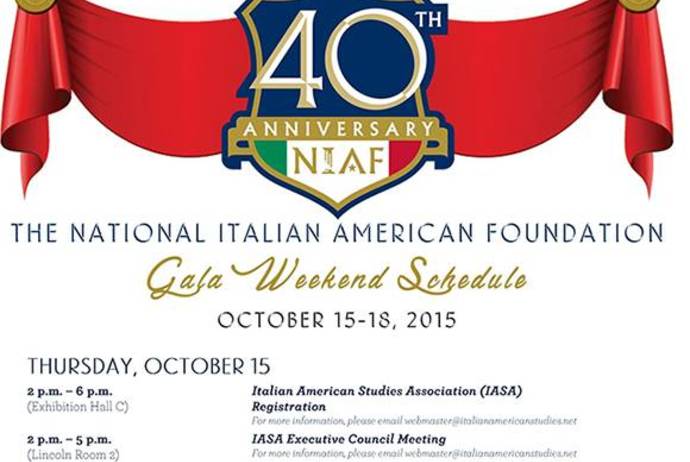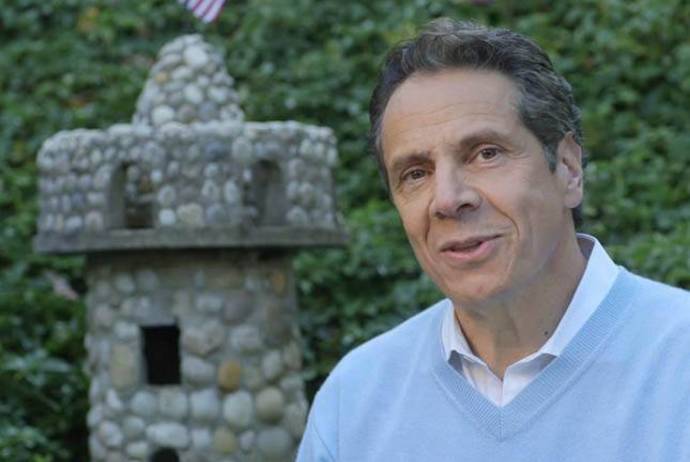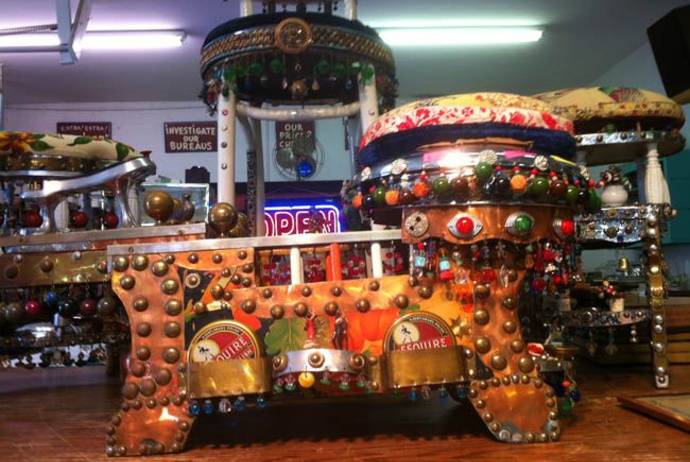Since 2002, the Library of Congress selects sound recordings that “are culturally, historically, or aesthetically important, and/or inform or reflect life in the United States.” For the second year I have nominated the two-sided 1927 Italian immigrant disc “Protesta per Sacco e Vanzetti” by Compagnia Columbia on Side A and “Sacco e Vanzetti” by /Raoul Romito on Side B (Columbia,
14288-F). My nomination follows below. Feel free to use it you are so inclined to nominate this recording. Here is the form to nominate a recording.
The 1921 guilty verdicts and death sentences of Italian immigrant anarchists Nicola Sacco and Bartolomeo Vanzetti set off international condemnation with demonstrations staged in Buenos Aires, London, Mexico City, Paris, and elsewhere. That the Italian immigrant community was intensely affected by this political cause célèbre is evident in the numerous recordings addressing the topic. In 1927, the year the court appeals failed and the execution date was set, four records were made in the United States by Italian immigrant performers, stars of the immigrant stage and recording scene:
Giuseppe Milano, “A Morte e Sacco e Vanzetti” (Ideal Record, 5002-A)
Alfredo Bascetta, “Lacreme ‘e cundannate” (Okeh, W81060)
Alfredo Bascetta, “Lettera a Sacco (P’o figlio suoio)” (Okeh, 9332)
Compagnia Columbia, “Protesta per Sacco e Vanzetti”/Raoul Romito, “Sacco e Vanzetti” (Columbia, 14288-F)
These Italian-language, immigrant recordings are key sound documents of the Italian immigrant opposition to the arrest, trial, sentencing, and executions of Sacco and Vanzetti.
The two-sided disc from Columbia (14288-F) with the Compagnia Columbia’s “Protesta per Sacco e Vanzetti” on Side A and Raoul Romito’s “Sacco e Vanzetti” on Side B is a significant recording in U.S. history. “Protesta per Sacco e Vanzetti” is a spoken-word recording with an ensemble enacting a rally in support of Sacco and Vanzetti. The recording features the accented Italian voices (e.g., Neapolitan, Sicilian) of performers representing people from different regions of Italy united in protest. The composer of this piece is Frank Amodio, who was an influential lyricist, composer, and publisher of Italian (primarily Neapolitan)-language recordings. Topical songs were one of his trademarks; he composed songs about Umberto Nobile’s expedition to the North Pole and the death of Rudolph Valentino, among others, as well as comic routines written for such greats of the Italian immigrant scene as Giuseppe De Laurentiis.
This is a translation of the recording:
A: Hey, what’s this crowd doing here?
B: How can you not know? It’s an assembly for Sacco and Vanzetti.
A: Oh, those poor guys who have been condemned to death?
B: Yeah. But now we’re trying to save them.
A: But those two, people told me; I know they’re guilty of murder!
B: And you believe it! They say they didn’t even steal anything.
A: Not even the robbery?
C: Come on; enough! Stop saying dumb stuff. Those two poor guys haven’t done anything wrong.
A: Oh, well. What do I know, for heaven’s sake? They told me what they’re accused of and I am just repeating it.
D: Well, then why are they condemned to die?
C: Oh, my friend. Who knows how many innocent men have been condemned like them?!
A: Poor fellows!
B: But, I mean, is there nothing one can do to save them?
C: It’s for them that there are all these demonstrations and protests.
A: Listen, it’s really a sin to send fathers with families to death for no reason!
B: Oh, sure!
A: Oh, we must hope for the grace of the Madonna.
C: Forget the Madonna! We must be the ones to fight and save them. Even more because they are Italians like us.
B: Oh, come on. It has nothing to do with who is Italian or American; when someone is innocent we should help them always.
A: You’re right!
B: Hey, shut up! Shut up! They’re starting to talk.
A: Quiet!
E: Friends, you already know what has brought us together here, and I am happy to see in this solemn moment a crowd made up not just of Italians but of people of all nationalities: Italians, Americans, Jews, English, Japonese. At this fatal hour we have come together to form a single race: the human race! With no differences based on age, on class, or on party.
VOICE: Bravo!
E: And we are here to support a holy cause, to save to of our brothers who because of a judicial error are condemned to die in the electric chair. We must protest energetically against this unjust condemnation. Yes, unjust! Because we all know that at the moment of the tragedy the two poor condemned men were far from the scene of the crime. I remember now the last question that the judge asked the two men: “Don’t you have anything to say after having been sentenced to the electric chair?” And the answer was, “Yes, we must say that we are innocent!” And they are innocent! And now, gentlemen, raise your voices in protest. If Sacco and Vanzetti go to their deaths, what will the law be committing?
Crowd: An injustice!
E: And what are the condemned men?
Crowd: They are innocent?
E: What are Sacco and Vanzetti waiting for?
Crowd: For a pardon!
The tenor Raoul Romito sings “Sacco e Vanzetti” on Side B. Little is known about Romito. It has been written that he emigrated from Tuscany in the 1920s possibly fleeing for political reasons from the Fascist regime. There’s speculation that he had anarchist leanings. Even less is known about the lyrist R. Vampo and composer F. Pensiero.
This is a translation of the recording:
Sacco and Vanzetti were arrested,
by surprise in Boston one night,
they were accused of murder
and they were awaiting the verdict.
But the whole world rises up against this act,
and many discussions took place,
trying at least to shed light on the wrongdoing,
but all in vain: The law found them guilty!
Much money was spent
hoping to save
These poor men from this spurious charge.
nd Sacco said: “We’re innocent,
and those accusing us know it very well,
they figured us for criminals
pulling the chains tighter around us.
If our fate in this case his death,
it’s class hatred that condemns,
while throughout the world a voice
calls out to try and free us.
“And I’m done,” he said,
“Vanzetti, he’ll speak;
I don’t know how to conclude my speech. He’ll continue.”
Vanzetti, the other martyr, speaking
in a calm voice and with no fear,
discussed that most heinous crime
and also the horror of the dark verdict.
To the judges he said, “Condemn us!
One day you’ll feel a terrible remorse.
It’s true, our ideas are advanced,
But we shouldn’t have to die for that.”
The world watches and waits
and even still cries out, saying:
They shouldn’t die on the electric chair!
This two-sided U.S. recording offers sonic insights into how Italian immigrants thought, felt, and dealt with the political persecution and pending deaths of two immigrant anarchists and the ways that commercial recordings contributed to the creation and maintenance of an acoustic community.
*Joseph Sciorra is director of Academic and Cultural Programs at John D. Calandra Italian American Institute, a Queens College (CUNY) research institute
Visit his blogger >>




































